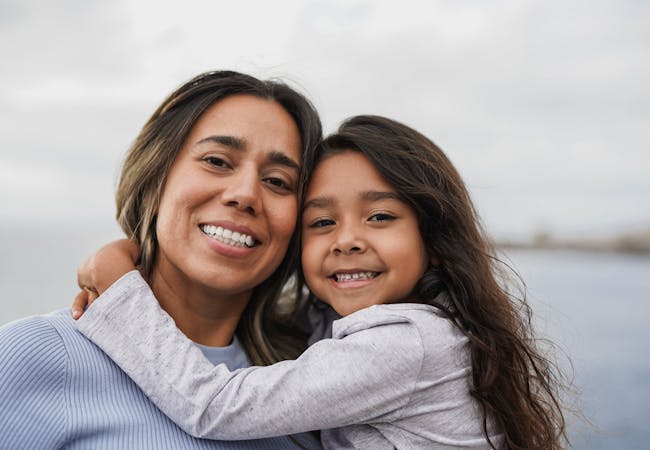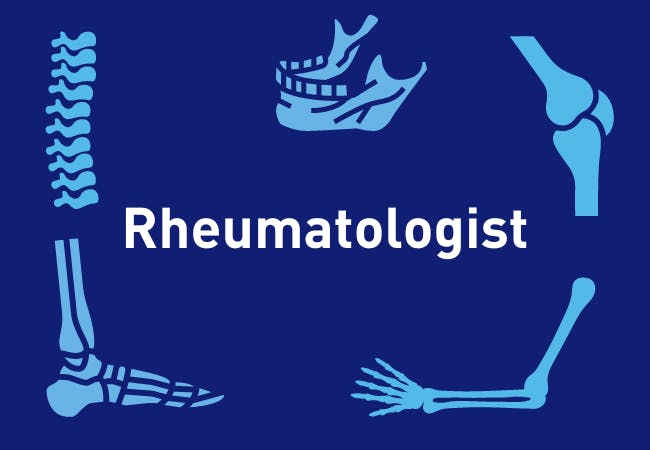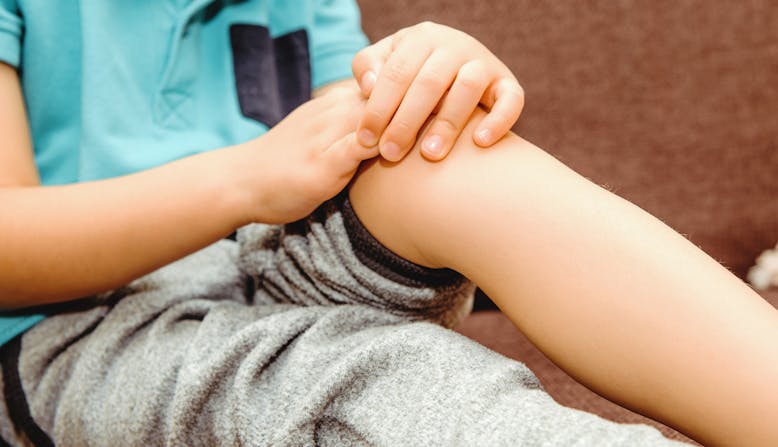Terms you may hear in reference to your child’s psoriatic arthritis include:
- Oligoarticular affecting 4 or fewer joints.
- Polyarticular affecting 5 or more joints.
Flares of psoriatic arthritis can come and go, lasting for different periods of time and vary in severity. Keep track of what may trigger the flare for your child by using a fillable symptom tracker. Share this information with your child’s health care provider to help discuss symptoms and a treatment plan.
Keep in mind that children may not understand they are experiencing pain, especially at a young age. They could be slow to get up in the morning or have a slight limp unrelated to an injury. Watch for these and other subtle signs [2] to mention to your child’s health care provider.
It is important to diagnose early and treat psoriatic arthritis effectively to help avoid irreversible joint damage, disability, and reduced quality of life.
Diagnosis
There are several health conditions that can mimic or resemble symptoms of psoriatic arthritis. It is important to discuss symptoms with your child’s health care provider or ask for a referral to see a rheumatologist to ensure an appropriate diagnosis is made. If uveitis is present your child may also be referred to an ophthalmologist, a doctor who specializes in diagnosing and treating eye and vision conditions.




